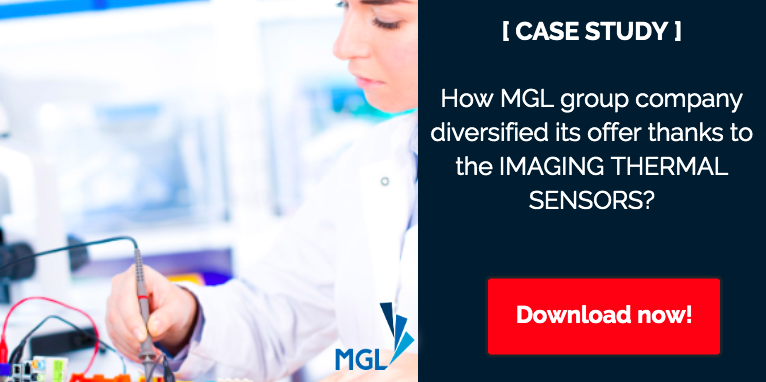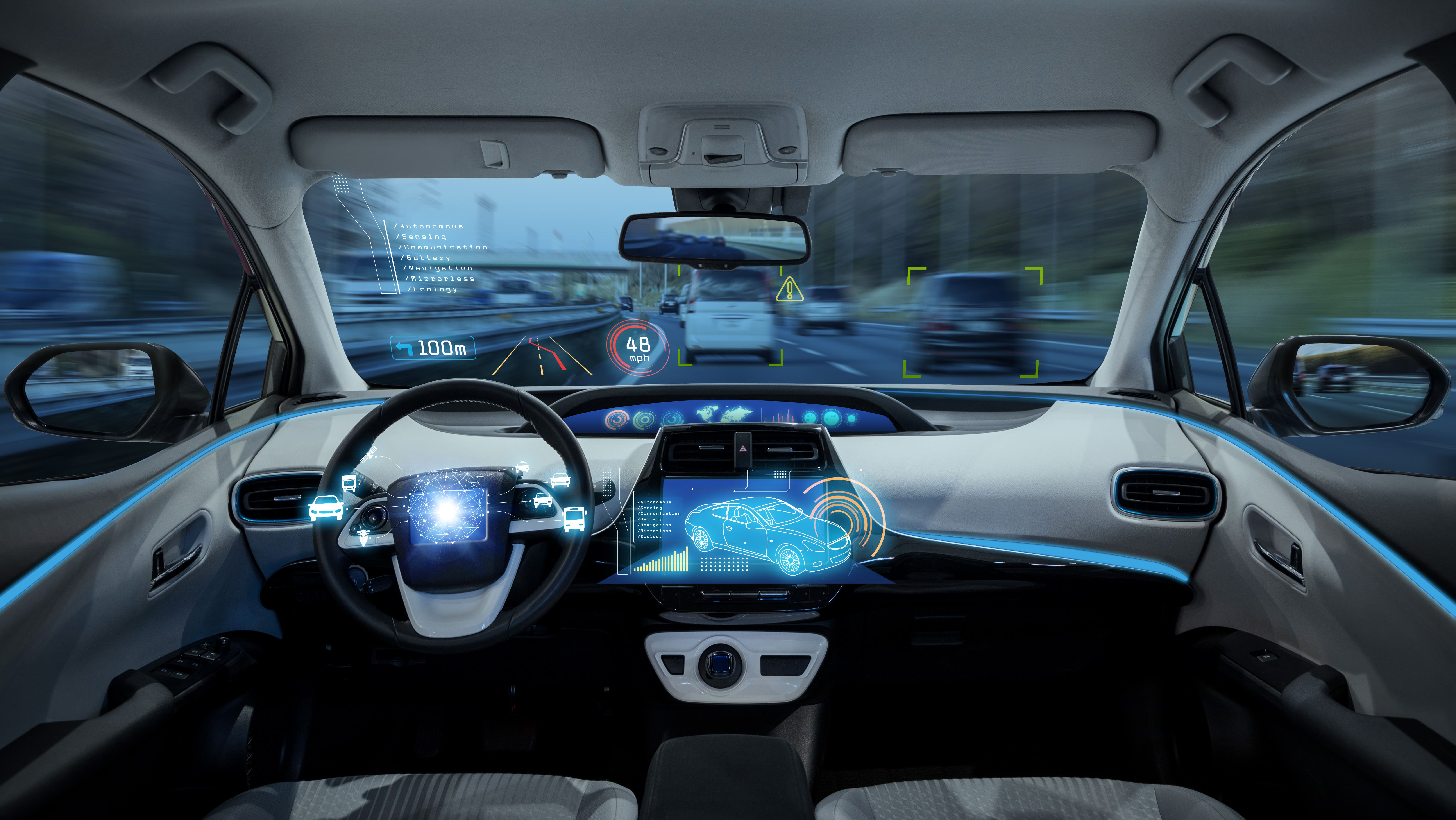Thermal imaging can be used to detect defects, deliver assistance, make forecasts, and solve problems in a variety of industrial, business, and military scenarios. Thermal imaging sensors “see” the heat radiated by objects—invisible to the human eye—and convert it into images. Thermal energy is generated by all objects whose temperature is above absolute zero. The thermal energy radiated, which covers part of the electromagnetic spectrum, increases along with the temperature.
Thermal imaging is ideal for a broad range of uses, from advanced research to defense and security and even sports and leisure activities. There are currently two types of thermal imaging sensors on the market, cooled and uncooled.
Uncooled thermal imaging sensors operate at ambient temperature. Cooled sensors are packaged in a unit that keeps them at an extremely low temperature. These systems—cooled by cryogenics—are incredibly sensitive. However, they are more expensive and less reliable than uncooled sensors, mainly due to the complex cooling systems they require.
How do you know if a cooled or uncooled imager is right for your needs? You first need to look at where and how the thermal camera will be used.
Cooled thermal images are maintained at a very low temperature by a cooling system. The fact that they are cooled presents them from being “blinded” by their own infrared emissions. Each time the system starts up, it must be cooled. These cooled sensors are the most sensitive to tiny differences in temperature between objects in the scene being observed. Cooled imagers are often bulkier than uncooled imagers, but they offer very high image quality and are compatible with longer-range lenses.
- Uncooled (bolometer-based) systems
Uncooled thermal imagers are compact and do not need to be integrated into bulky, potentially heavy packaging. They are particularly well-suited for mobile applications where weight is more important than image quality. Microbolometer-type detectors are much less expensive than their cooled equivalents, making them compatible with compact, affordable devices. These sensors are also more reliable in similar operating conditions. For surveillance applications, for example, microbolometers require much less maintenance than cooled sensors.
Uncooled thermal imaging sensors can offer some very significant advantages over cooled imagers. However, the knowing the conditions in which the imagers will be used is crucial to making the right choice.
For ranges of 5 km or more, a cooled thermal imaging system can be more economical and better suited to the task. This is because uncooled cameras require cumbersome, costly lenses to increase their range.
Experts can help you choose the right kind of system for your needs. Support from your supplier is a decisive factor in ensuring that you address all strategic issues relative to integrating thermal imaging technology into your development project.
See how MGL group integrated thermal imaging into its product line.











